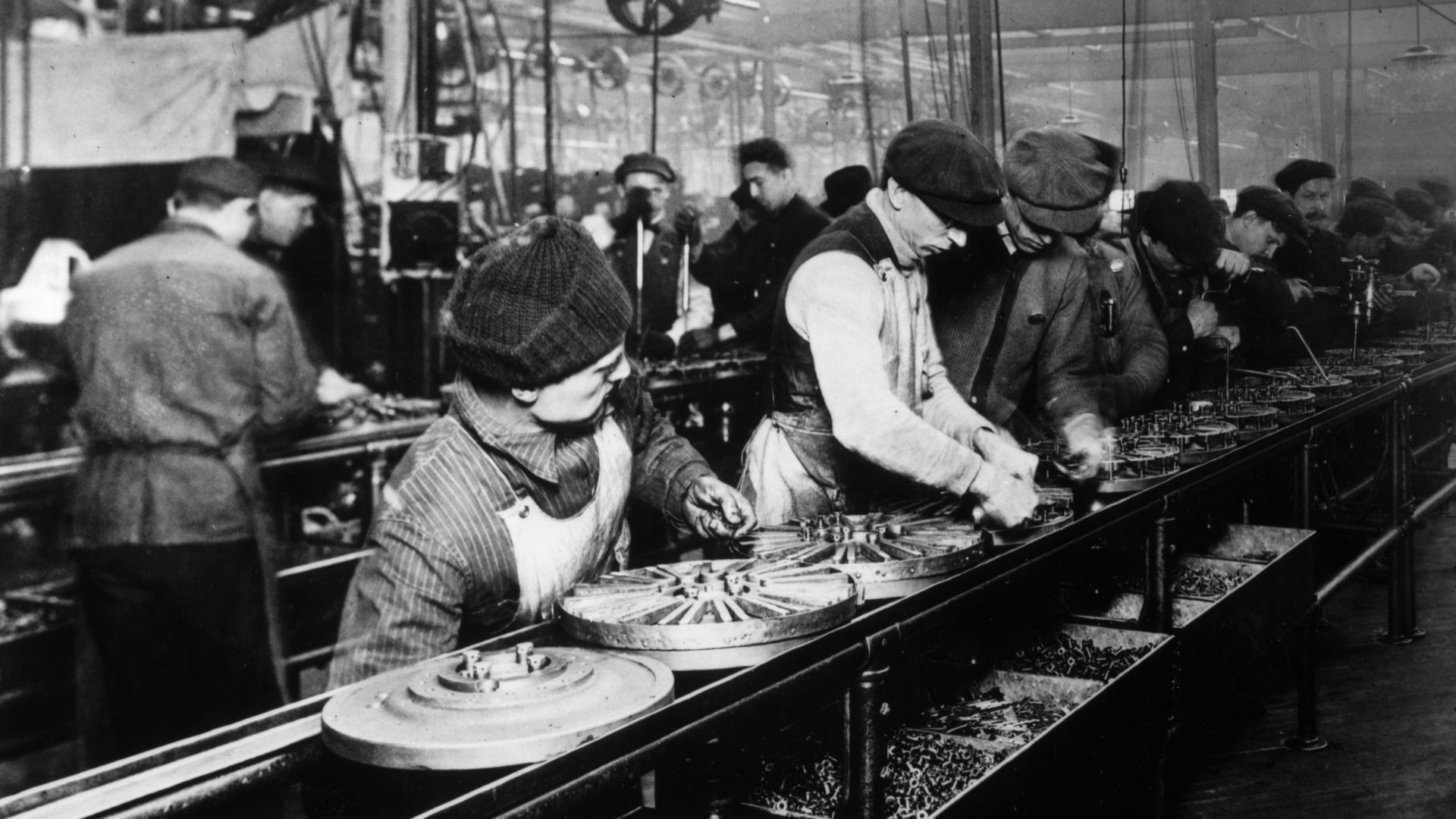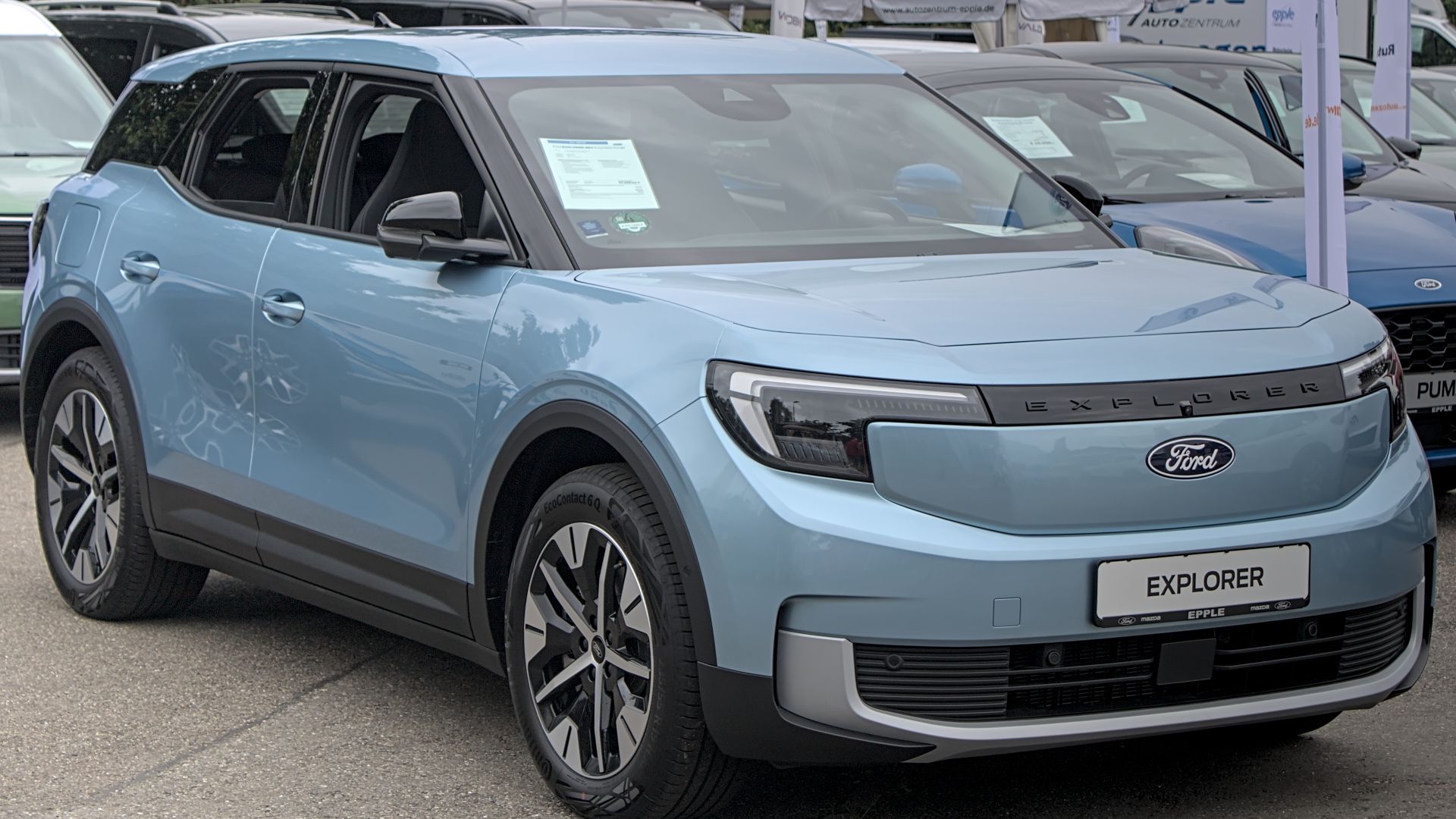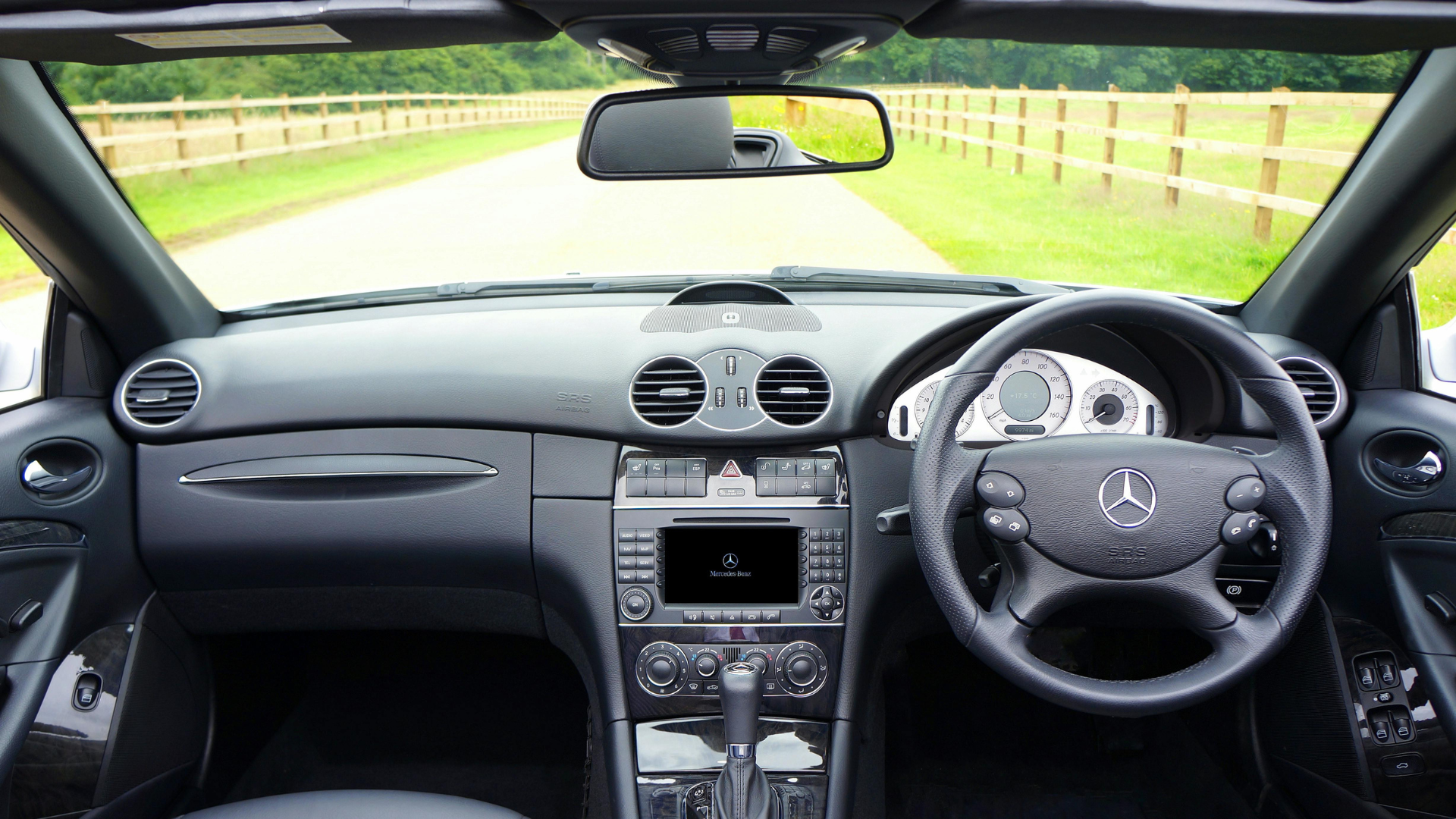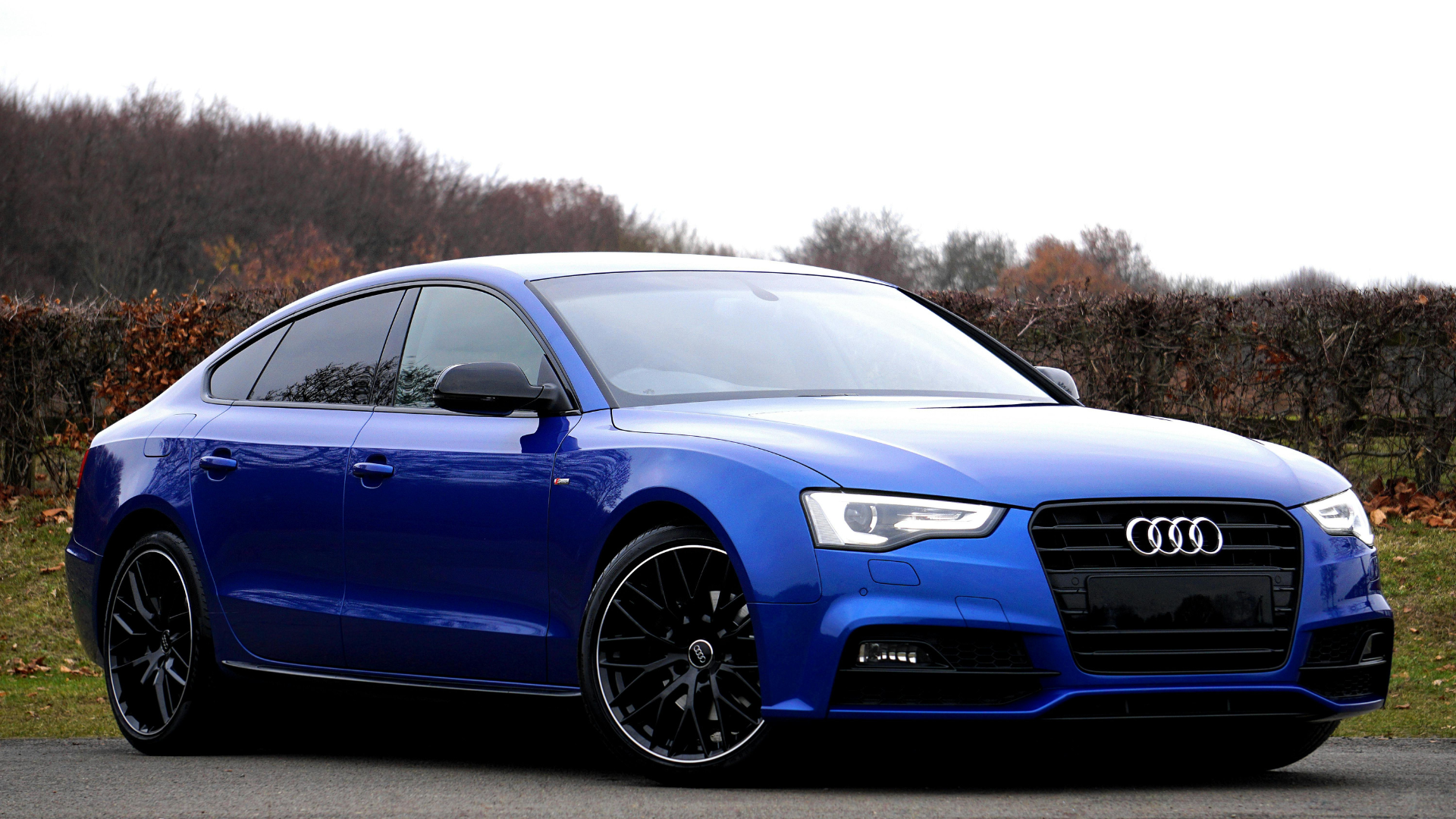For more than a century, Detroit has been known as the Motor City—a symbol of American innovation and manufacturing pride. Its skyline rose on the back of assembly lines, and its neighborhoods thrived on the hum of engines rolling off factory floors. But as factories shuttered and global competition intensified, Detroit’s engine sputtered.
So, can it roar back again? Let’s find out.
The Rise, The Fall, And The Reckoning
In the early 20th century, Detroit was the Silicon Valley of its time. Henry Ford’s assembly line revolutionized manufacturing, creating cars that ordinary Americans could afford. Soon, automobiles became more than transportation. That momentum made Detroit a symbol of American might.
But progress has a cost. The 1970s oil crisis, rising labor costs, and international competition, especially from Japan, began to erode that dominance. Japanese automakers delivered smaller, fuel-efficient cars while Detroit clung to big-engine muscle. Consumers changed; Detroit didn’t—at least not fast enough. And by the 2000s, the city’s decline mirrored the industry’s troubles.
Still, Detroit’s story didn’t end there. It began rethinking what “American-made” could mean in the 21st century.
 Unknown authorUnknown author on Wikimedia
Unknown authorUnknown author on Wikimedia
Reinvention In The Electric Age
As electric vehicles started reshaping global transportation, Detroit’s automakers found themselves standing at a crossroads. They could cling to nostalgia or embrace reinvention. Slowly but surely, they chose the latter. Ford announced its ambitious EV lineup, investing billions in battery production and factories designed for the future. GM set a bold goal: all-electric by 2035. Even Stellantis, Chrysler’s parent company, jumped into the race.
Yet, this transformation is neither instant nor guaranteed. While Detroit invests heavily in EVs, challenges loom large. Supply chain disruptions, battery material shortages, and the slow pace of nationwide charging infrastructure all threaten to stall progress. However, optimism persists because for Detroit, this moment feels less like a comeback and more like a rebirth.
The Human Side Of Detroit’s Revival
Amid headlines about billion-dollar investments and futuristic vehicles, there’s a quieter story unfolding—the people behind the revival. Detroit’s residents, many of whom lived through decades of economic hardship, are cautiously hopeful, as new manufacturing plants mean new jobs, and with them, dignity and stability also rise.
Younger generations, too, are returning. Drawn by affordable living and a creative energy rising from Detroit’s industrial bones, they’re blending technology, design, and community. Small electric-mobility startups are sprouting alongside the Big Three, offering fresh perspectives and collaborations.
In short, the real test lies not just in producing electric vehicles, but in ensuring that success fuels opportunity across all communities.
The Road Ahead
So, can Detroit make a comeback? The answer lies somewhere between the past and the promise of what’s coming next. And as its skyline changes, with new factories rising beside the shells of old ones, one thing becomes clear: Detroit’s comeback isn’t about returning to what it was. It’s about becoming what it was always meant to be—a city that moves the world forward.








